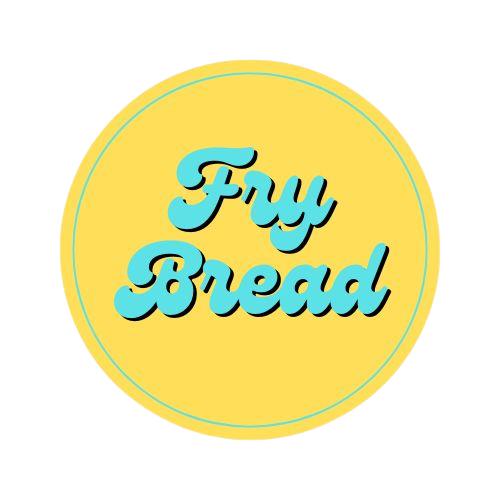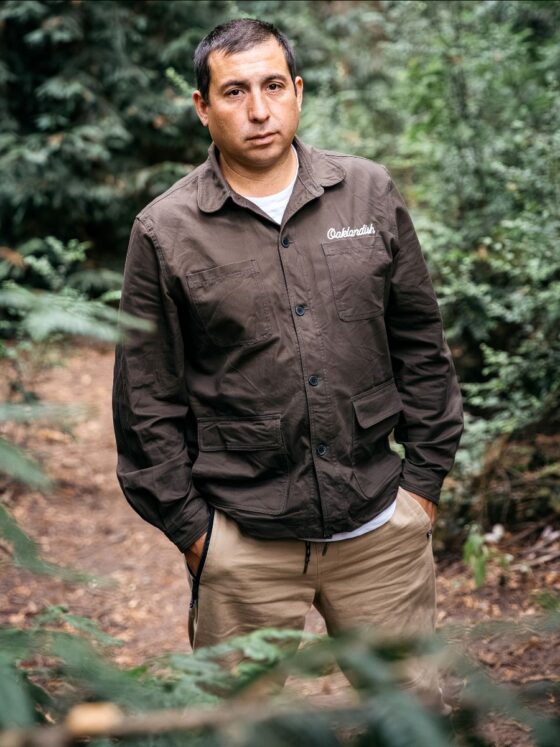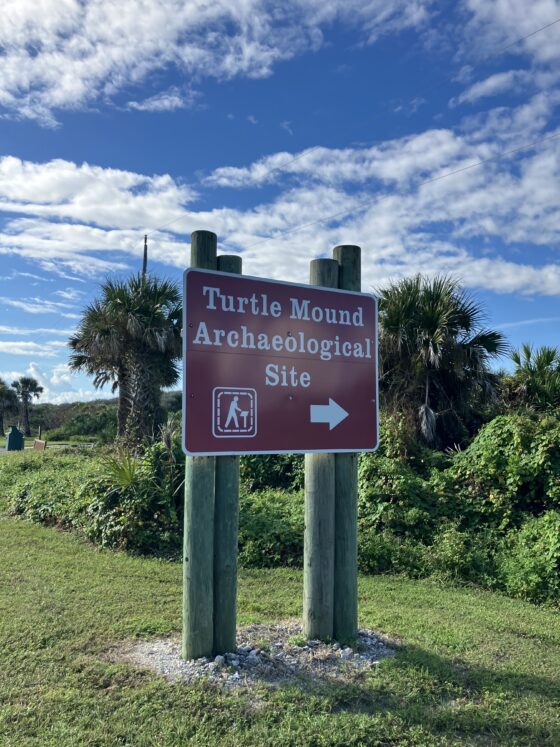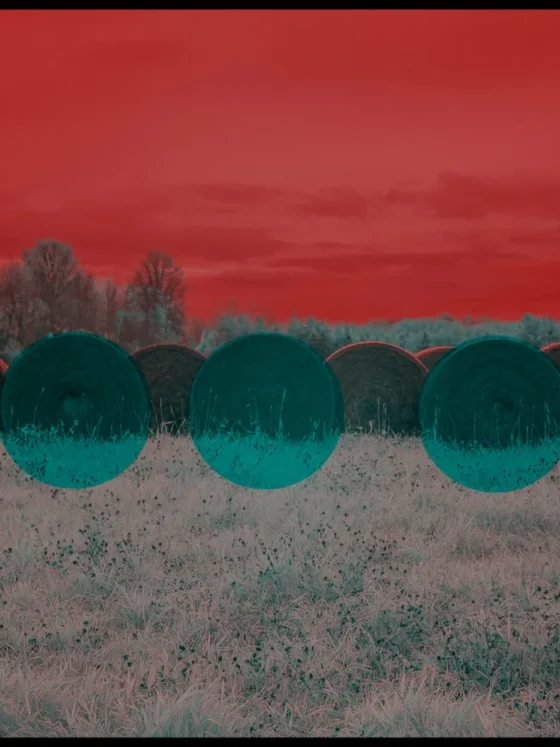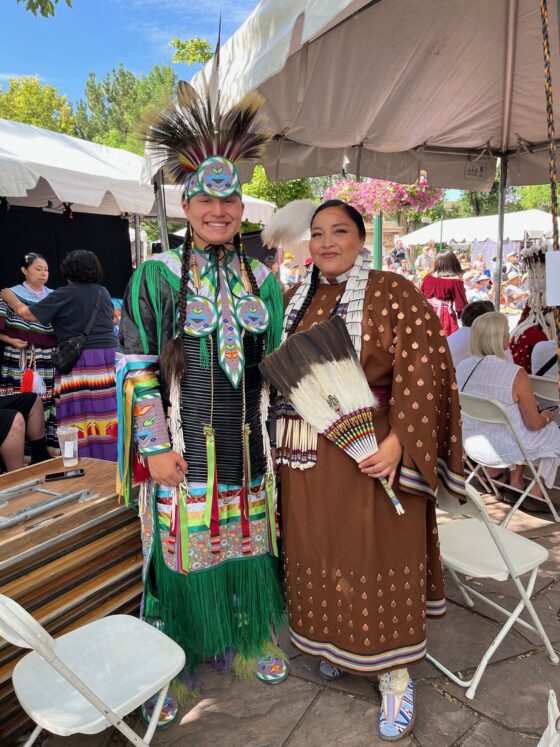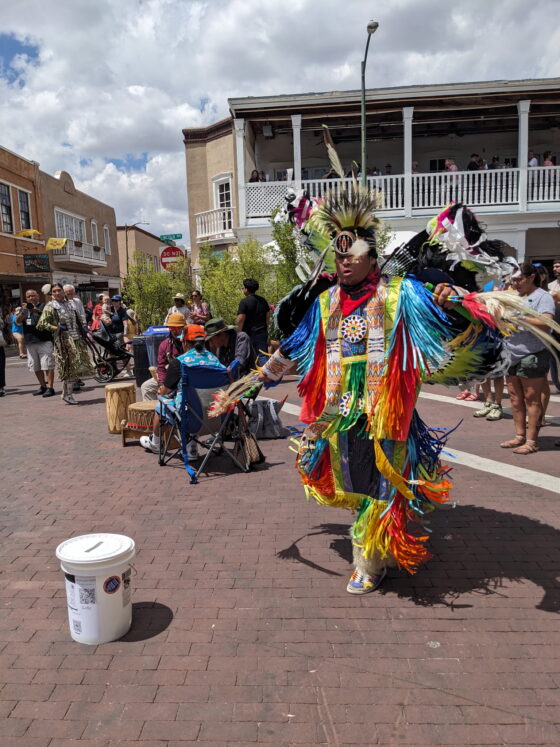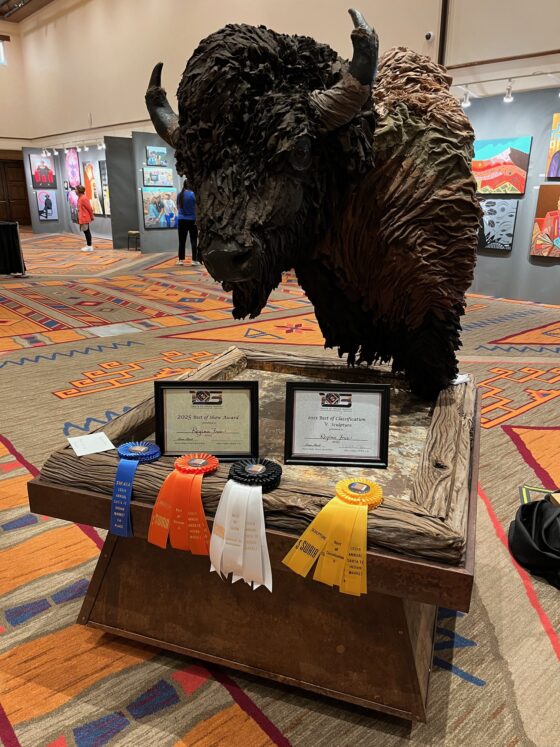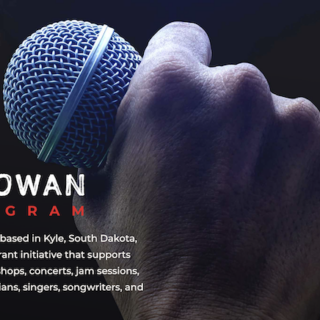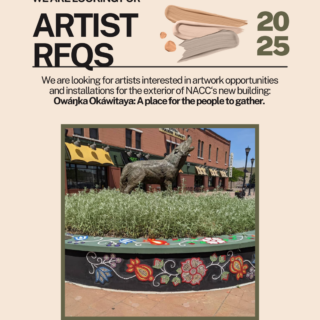Ingredients: The Fry Bread Interview with Molly Adams
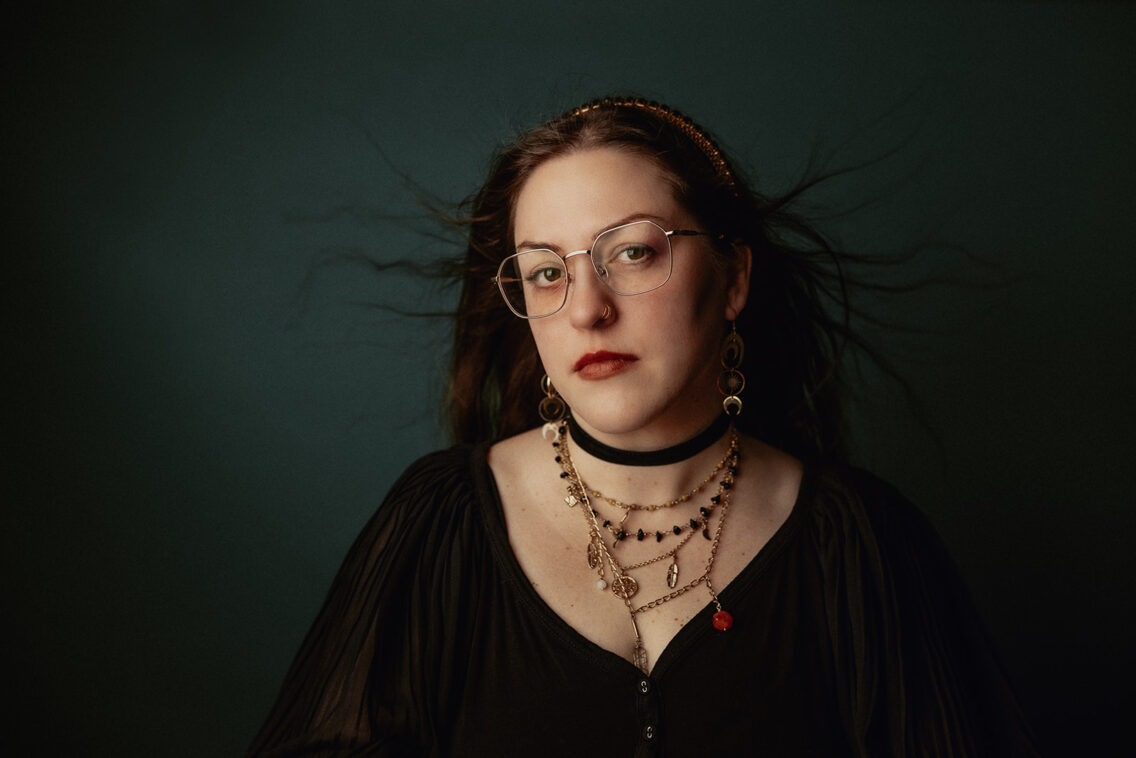
By: Emma Saville
Molly Adams is a photojournalist for The Lawrence Times in Lawrence, Kansas. She is a citizen of the Cherokee Nation. Adams recently defended her Masters degree in Indigenous Studies at the University of Kansas and has her Bachelor’s in Indigenous Studies from Haskell Indian Nations University. She has been a photojournalist for about four years. Fry Bread met up with her to talk about her art, and her methods.
Fry Bread Art: How did you get into photography?
Adams: I’ve always loved photography. In high school I took all the photo classes, and I had really high anxiety. Now I just have really high anxiety, but it was really bad back then, and I would feel physically sick until I would turn around and not be at school. As soon as I turned around, I’d feel better, but I felt safe and comfortable and nurtured in the photography room. We got it to where I didn’t have to attend any of my classes as long as I was on campus … I still did my homework and tests for my other classes. I just didn’t go to them because I had crippling anxiety. The place that made sense was the photo room, and I just kept doing that.
Then almost four years ago, I finally started photographing more publicly, letting people see me like, “Hi, I make photos.” A friend encouraged me to reach out to the [The Lawrence Times] and see if I could photograph for them. So, I started photographing for Lawrence Times, and I got super duper into it and passionate about representation specifically. And now, that’s my career.
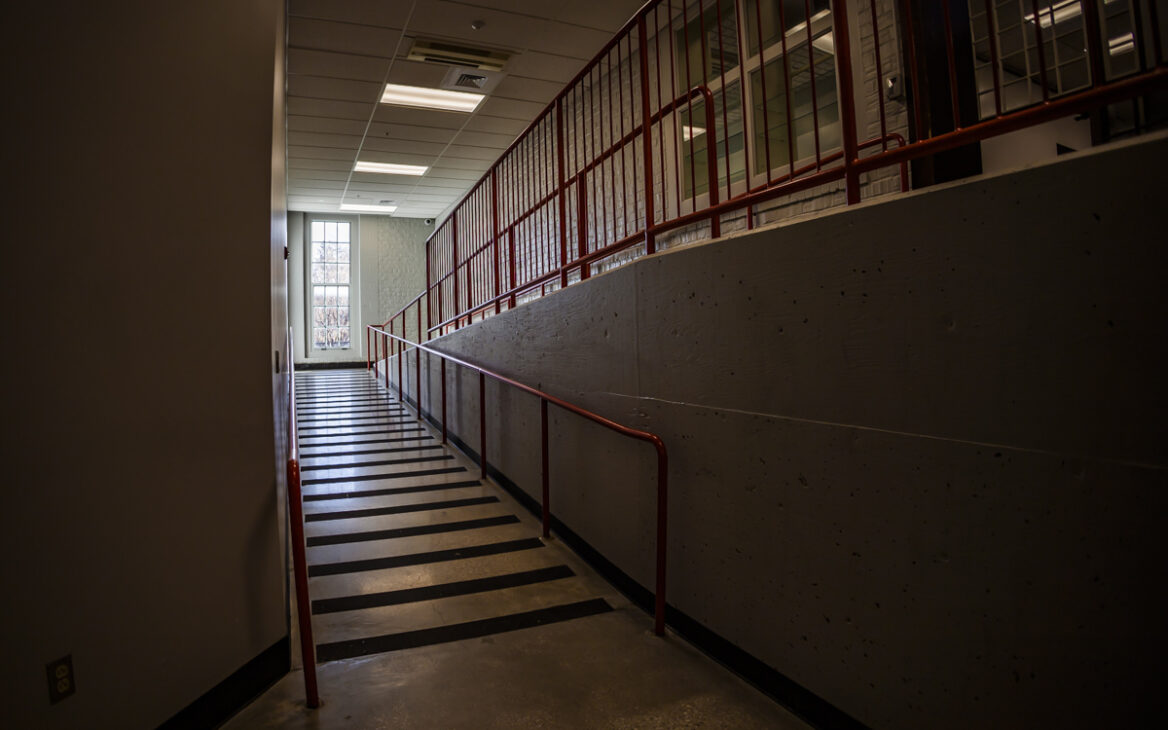
Fry Bread Art: Can you walk us through the process of storytelling through your photography?
Adams: The way that it works best for me is when I get to turn off the more verbal part of my brain, it opens up the seeing better. That’s when my photos are the best. That’s when I can anticipate what’s about to happen, where to pick up the little details that add to the story, but it helps with the immersion and the storytelling, but encompassing the emotion and feeling. One time I was photographing the 100-year anniversary of a school that I’d never been inside before. I was trying to think, “Okay, people who went to this school years ago, they’re going to see these photos. How do I give them nostalgia?”
While I was there, I tried to think about what details, what sort of sounds and smells would make me think of this place if I’d been here for four years, and was remembering it. Like the shine of the wooden staircase banister, the way the space felt. I wandered around by myself silently, which is so good, and thought about being nostalgic for a place I’d never actually been to before, and it communicated really well. The people who had attended that school generations before I was born, wrote to us [The Lawrence Times] and said that the article and the photos were really touching and it took them back there. Turning off the verbal part of my brain really helps me immerse into where I am and feel it and see it more clearly. I understand how to use a camera as a tool, but to show what I see, and to show others.
Fry Bread Art: In some of your work, you have small moments that people tend to miss at an event. For example, a woman’s hand holding a necklace at a winter market or the high school student from Haskell who had a stroke, showing their hands with someone else’s. How do you build that trust to go into those moments while photographing?
Adams: Both of these photos, very different processes. For the student who had a stroke, she wanted to not really be shown in photos, and so we saw she was petting her cat, and I said, ‘this would be a great way to show you. Here’s a little piece of your home life without really exposing you too much. May I photograph while you pet your cat, just photograph your hands.’
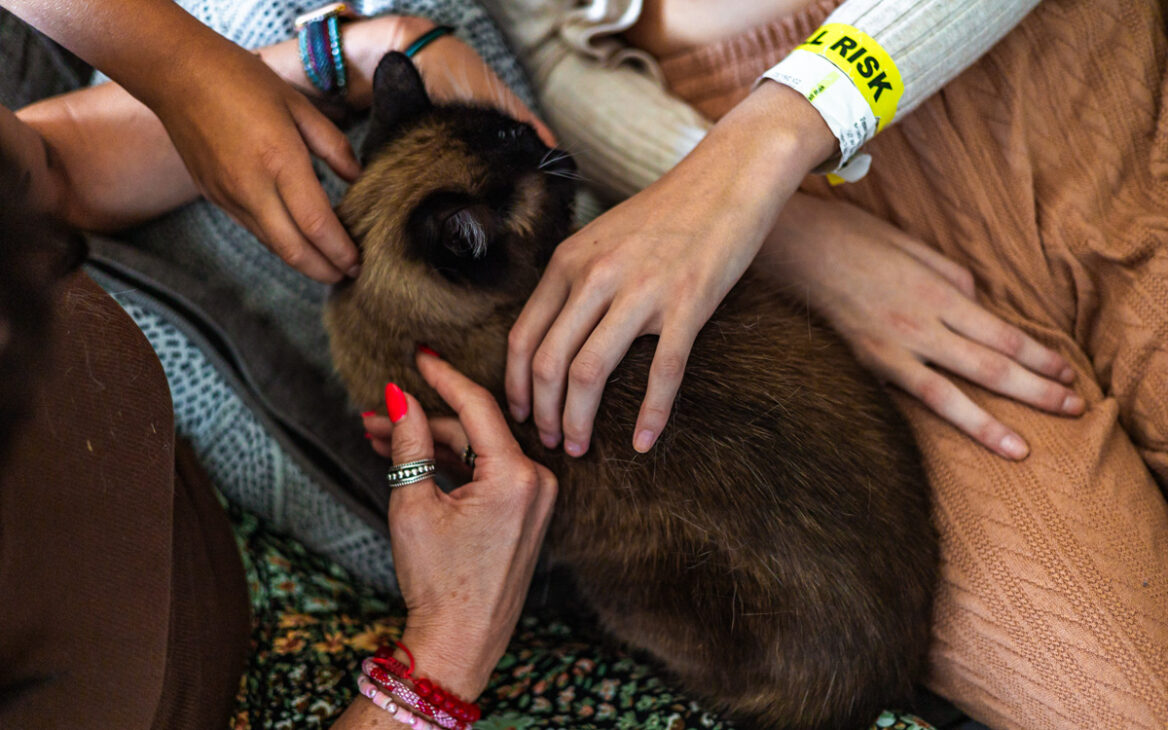
The lady holding the necklace at the art market, she never noticed me photographing her. It took several takes to get the necklace showing up correctly, because I had to focus. Then she kept moving, and the light would change, but I saw this moment. It was like a quiet, peaceful moment.
You see the photo in your head before you make the photo. The lady with the necklace, I saw it and, ‘Ah, I want to make that photo.’ It took a little while, and then it finally worked. Especially when photographing people who are sharing their stories, it’s definitely collaborative. I don’t want to push them where they’re not comfortable, I don’t want to take from them. I want to honor, steward their story. I want to honor their comfort and their boundaries. If they don’t want to be shown publicly indefinitely, like with their face, there are so many ways to tell a story without showing face, and that’s okay.
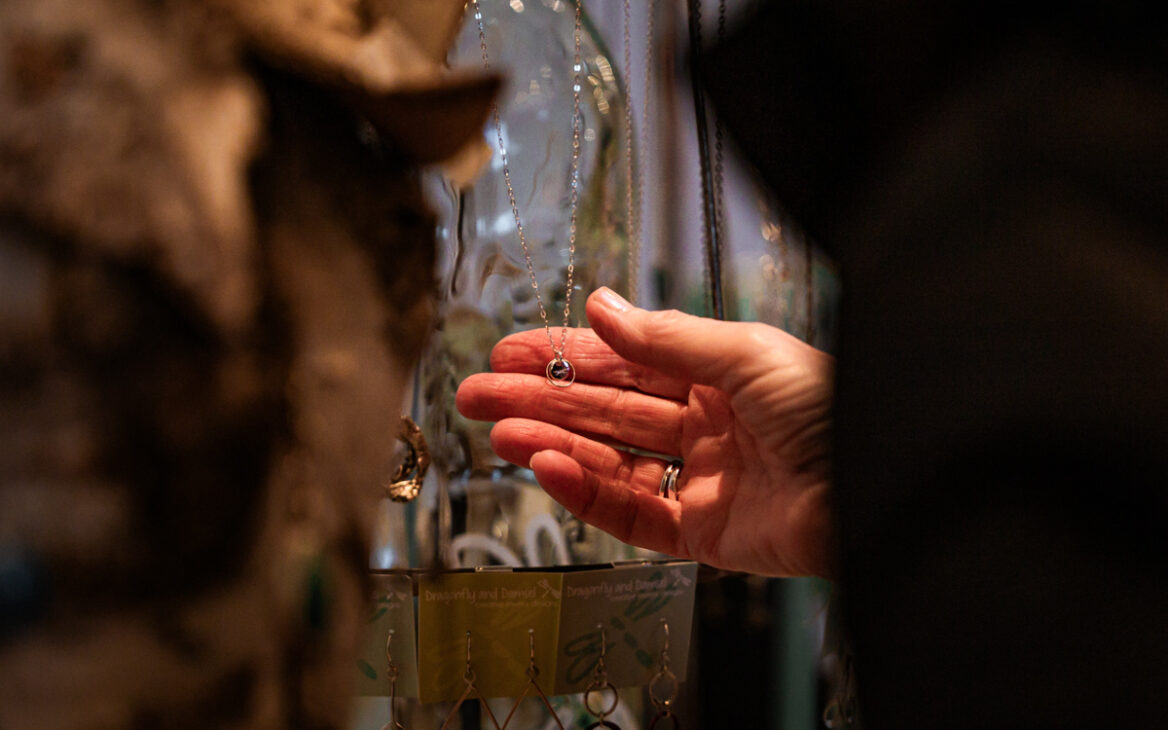
Fry Bread Art: Some of your work also includes harder-to-tackle stories, like the homeless campsites in Lawrence, Kansas. How do you approach those stories differently from others, and how do you respectfully capture them?
Adams: I’m actually a lot more reserved and protective when I’m photographing communities that are not just more marginalized, but also forced to live in the public eye, always talked about and rarely represented from within, and especially when I’m coming as an outsider. When I’m photographing the homeless community, I’m coming as a housed person who’s not part of that community. Even if my goal is to photograph everyone with dignity and respect, it’s still me imposing my vision and my gaze on them. I’m extra extra extra conscious of the impact that the photos I make can have, not just in the representation out in the public, but also in the individuals who I’m photographing. If any unhoused person that I photograph knows I’m photographing them and I have their consent, I typically have some level of relationship with them before I photograph them. The only circumstance where I would photograph someone in that situation without their prior consent and understanding and some sort of relationship, is if they’re being a victim of a crime or police brutality or something like that. They’re a part of me documenting accountability and transparency.
Aside from that, they’re sharing their story. I go about it with a lot more, not just care, but intentionality, a lot more intentional in avoiding causing more harm. It’s traumatic to live in the public eye. There’s no privacy when you live outside and people are always the subject of the City Council discussions and never a part of them. And for a lot of people, the media is the only contact or exposure they have to other groups of people. There’s a lot of like responsibility in being the person making those depictions. There’s been a history of massive harm caused by people with cameras and then seeing cameras because of all that, harm can also be triggering and just it’s delicate.
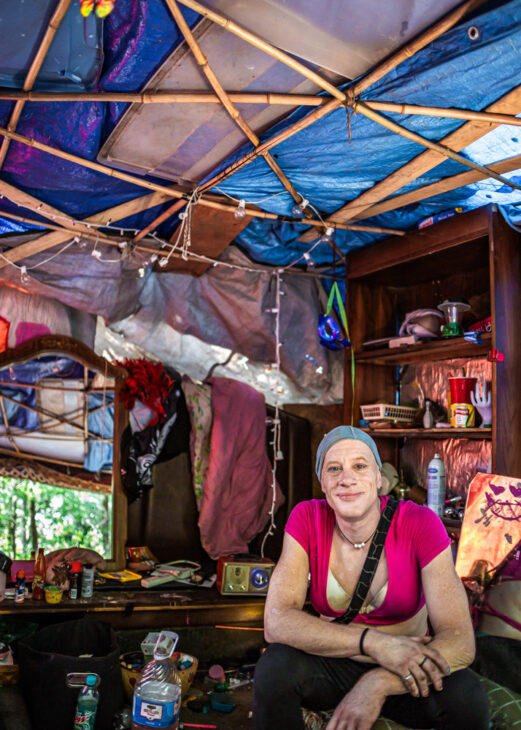
Fry Bread Art: Can you tell us about a story or moment in your work that you’re most proud of?
Adams: Our coverage and building trust with our local inner tribal community. A lot of times, outlets will have an Indigenous issues reporter or a beat or desk, that’s cool and all, but I would rather have everyone I work with be competent and capable and informed and able to
write those stories in a good way. More non-native journalists should be able to do that. The relationships that my colleagues are beginning to develop with the greater inner tribal community, I think, are important.
There are stories that I’m too close to, so I can’t write them. Like all the things going on at Haskell, I understand what’s happening, because I’m a Haskell graduate, and also I’m still there all the time. I’m too close, I can’t write that, but I know that the stories are in good hands with my colleagues, and they’re not in good hands with everybody. There are sometimes other outlets that come to Haskell to report on something, and then they just parachute in and they ask really ignorant questions. It’s not the hateful kind of racist, but it’s all the other kinds of racist. Then afterwards, the people that they interacted with, they come find me and tell me about it. I’ve become like a repository of our communities’ bad media interactions. I guess that shows that where I work has taught people to expect better and to be treated better.
Fry Bread Art: Thank you for sharing your work and chatting with us! Is there anything else you would like to say?
Adams: I’m still really, fairly early in my career, and I’m sure I’ll have a lot to learn. Photojournalism is important and it makes a difference in the world. I only work in Douglas County, so I’m very hyper local. As I was photographing our new bus station [Central Station], they were showing how these benches were out here to encourage people to sit and talk with each other. I was looking at stuff and being quiet, and I noticed the bench had hostile architecture on it, basically the little divider thing. I took a picture of that, and then in the caption for it, I mentioned this bench is here to promote people relaxing, gathering and community, despite the little divider thing. Someone at the city took notice of that in the article, and they sent someone out to remove those [dividers] the next day. As a teeny tiny little thing, it’s not groundbreaking or anything, but I noticed a thing and I published the thing and they changed it.
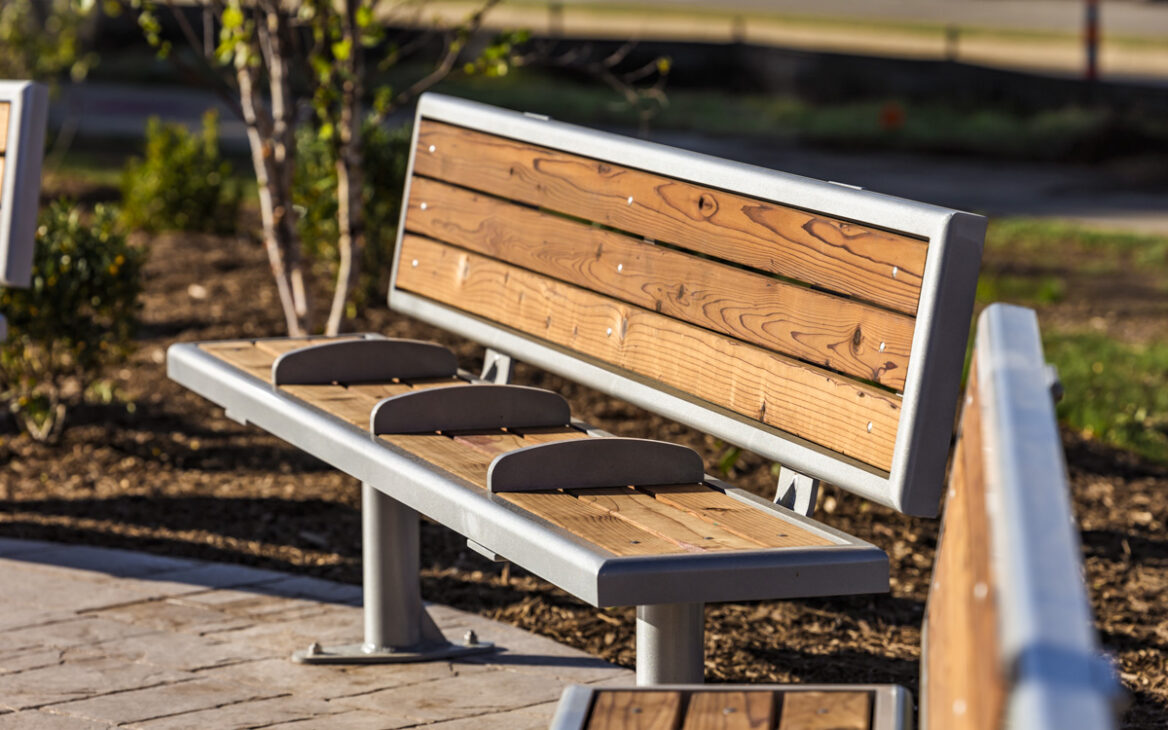
Check out Adams’ work on her Instagram @mollyreneeadams and on her website.
